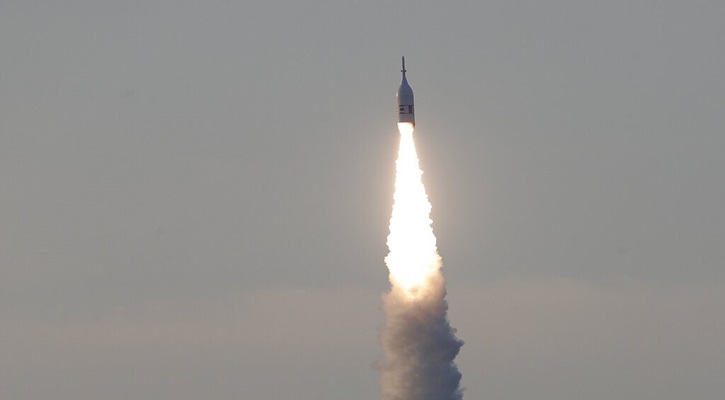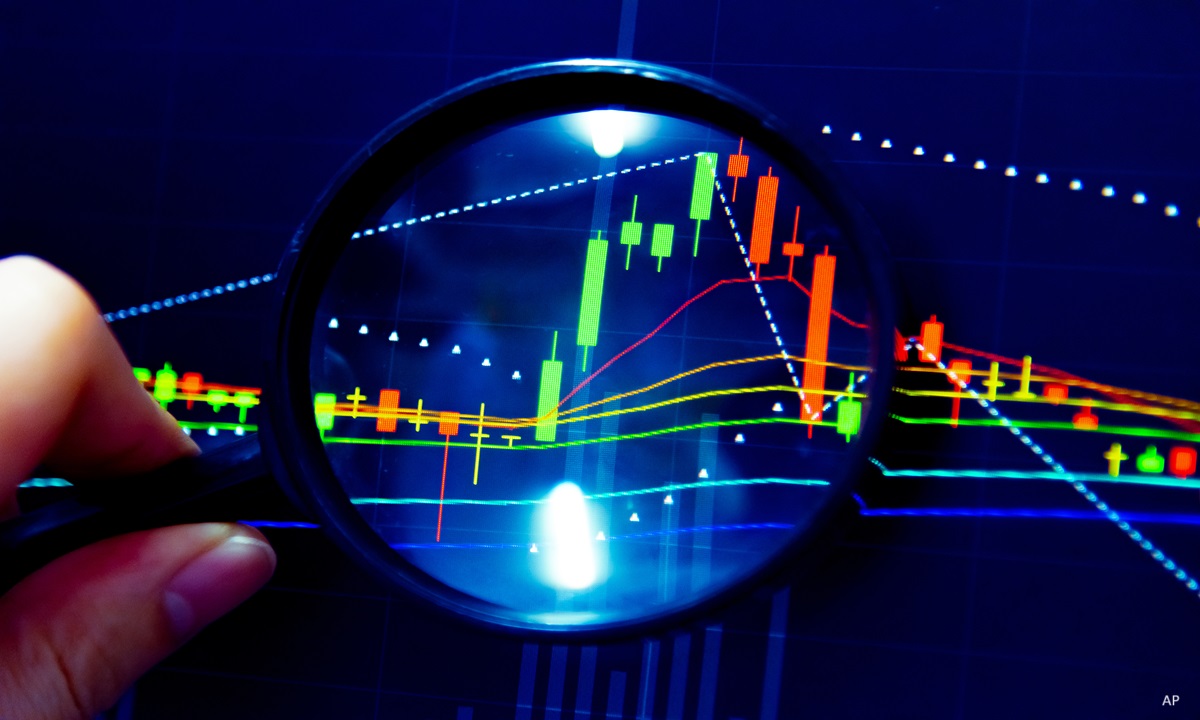Rolle im Portfolio
The Amundi ETF CAC 40 (C), which provides low-cost exposure to French large-cap equities, can be used as a core holding. Investing in this well-diversified fund could appeal to investors looking to build a French-centric portfolio. However, it should be noted that the performance of the CAC 40 is closely correlated to international indices. Over the past five years, the CAC 40 has shown a 98% correlation to the widely-held EURO STOXX 50--which has a 40% weighting in French equities. The CAC 40 has shown an 88% correlation to the MSCI World over the same period. This reflects the fact that some of the largest constituents of the French index, such as Total and Sanofi-Aventis, are truly global players with 70 to 90% of their revenues coming from outside France.
The Amundi ETF CAC 40 (C) can also act as a tactical tool to overweight French equities within a diversified portfolio. It could be useful for those who want to place a bet on the near- to medium-term prospects of the French market under the belief that the benchmark index is undervalued. However, it is important for investors to examine the index’s constituents. Like many country indices, the CAC 40 is fairly top heavy, with the top 10 constituents accounting for about 55% of its weighting. The consumer discretionary sector is currently the largest sector represented with a 18-20% weighting, while financial companies account for about 12-15% of the index's capitalisation.
Investors outside of the Eurozone looking at this euro-denominated fund should be aware of currency risk. A weakening euro, as witnessed since the start of the sovereign debt crisis, will weigh on the return.
Fundamentale Analyse
While many European countries struggled during the global financial crisis, France held its position fairly well, helped by the relative resilience of domestic consumer spending, a large public sector, and by virtue of being less exposed to the downturn in global demand than some other countries. Nonetheless, the French economy contracted in 2009, and subsequently recovered somewhat in 2010 and 2011. Meanwhile the unemployment rate has increased, now exceeding the 10% mark, and public finances have deteriorated as a result of the government’s pursuit of aggressive stimulus and investment measures in response to the economic crisis. French GDP was unchanged in Q1 and Q2 2012, and is likely to remain at a standstill with zero growth in Q3 and Q4, according to the national statistics office Insee. Although France remains one of the strongest economies in the euro area, the negative impact of the continuing eurozone debt crisis on business and consumer confidence will continue to undermine fragile domestic demand, alongside pressing deleveraging and government retrenchment. Government spending is preventing the nation from falling into recession, but this support will be hard to sustain as the newly elected President Francois Hollande has promised to cut spending growth over the next five years. In addition, he has committed to reduce the country’s budget deficit to 3% of GDP in 2013, in part through a new top marginal income-tax rate of 75%. Hollande is struggling both to contain the budget deficit and improve competitiveness abroad. Meanwhile, the financial health of the banking sector has become less of a concern as of late. French banks--which were feared to be under-capitalised in light of their high exposure to Greek, Spanish and Italian debt--have been able to adapt to stringent new capital rules quickly despite the challenging economic environment. The country's four main banks, including BNP Paribas, Societe Generale and Credit Agricole have a Core Tier 1 ratio--a key measure of their financial strength--well above the 9% target set in 2011 by the European Banking Authority (EBA) to help bolster investor confidence and stabilise the euro zone. In the long-term, the diversified selection of high-quality French companies which make up the CAC 40 should deliver adequate returns relative to the level of risk assumed by investors. These companies are not only dominant in France, but also market leaders abroad, as exemplified by Total, the world’s fifth largest oil producer, and BNP Paribas, Europe’s biggest bank in terms of assets. In fact, an estimated 70% of CAC40 companies’ profits are generated outside of France. The majority of these companies are well-placed to benefit from continued growth in emerging markets like China where multinationals such as LVMH and Pernod Ricard are expanding at a rapid clip.
Indexkonstruktion
The CAC 40 is the benchmark index of the French stock market. It is a capitalisation-weighted measure of the top 40 equities among the 100 largest publicly listed companies on the Paris stock exchange. The index’s composition is reviewed quarterly. At each review date, the companies listed on Euronext Paris are ranked according to free float market capitalisation and share turnover over the prior 12 months. Each component’s weighting in the index is capped at 15%. The consumer discretionary sector is the most heavily weighted (17-19%), followed by energy (12-15%), industrials (13-15%), and financials (12-15%). The index looks fairly well-diversified from the perspective of individual names. Total is the largest constituent with a 12-14% weighting. The second and third largest stocks represented are Sanofi-Aventis and BNP Paribas.
Fondskonstruktion
The Amundi ETF CAC 40 (C) uses physical replication to track the performance of the CAC 40 net total return index. The fund buys all the securities within the index, in the same weightings as in the index. Amundi may engage lend out up to 22% of the fund’s assets to help generate extra revenue. The lending revenue is split 60/40 between the fund and Amundi. Although this activity can help to partially offset the TER, it potentially exposes investors to counterparty risk. To protect the fund, Amundi takes collateral to which haircuts are applied (10% for equities, 7% for bonds and 5% for cash). In 2011, 19% of the fund's assets were lent out on average with a maximum on-loan level of 21.8%. This activity generated 6.5% of net revenue for the fund. All the dividends paid out by the CAC 40 holdings are reinvested net of tax into the index until they are distributed once a year to fund holders.
Gebühren
At 0.25%, this fund’s total expense ratio (TER) is consistent with those elsewhere in the market for ETFs tracking the CAC 40. Additional costs potentially borne by the ETF holders but not included in the TER include rebalancing costs, tax, bid-offer spread and brokerage commissions.
Alternativen
As an alternative, income-seeking investors can turn to Amundi ETF CAC 40 (D), which distributes dividends.
There is no shortage of alternative ETFs tracking the French benchmark. Most providers, including Lyxor, EasyETF, HSBC and charge identical TERs (0.25%). The Lyxor ETF CAC 40 A is the largest CAC 40 ETF as measured by assets under management and the most heavily-traded on Euronext Paris as measured by the 3-month average daily volume. This high level of exchange liquidity is a positive feature that allows investors to benefit from tight bid-ask spreads, thereby reducing transaction costs. db x-trackers and ComStage offer cheaper alternatives with at an expense ratio of 0.20%, but this lower annual fee may come at the expense of lower liquidity.
Investors interested in a more diversified exposure to the French benchmark can look at the Ossiam ETF CAC 40 Equal Weight NR. By attributing the same weight to each of the CAC 40 constituents, the fund seeks to avoid concentration effects. It charges an expense ratio of 0.30%.









:quality(80)/cloudfront-us-east-1.images.arcpublishing.com/morningstar/VPCBITMQP5FKLIZ32POIXOV3MQ.jpg)







